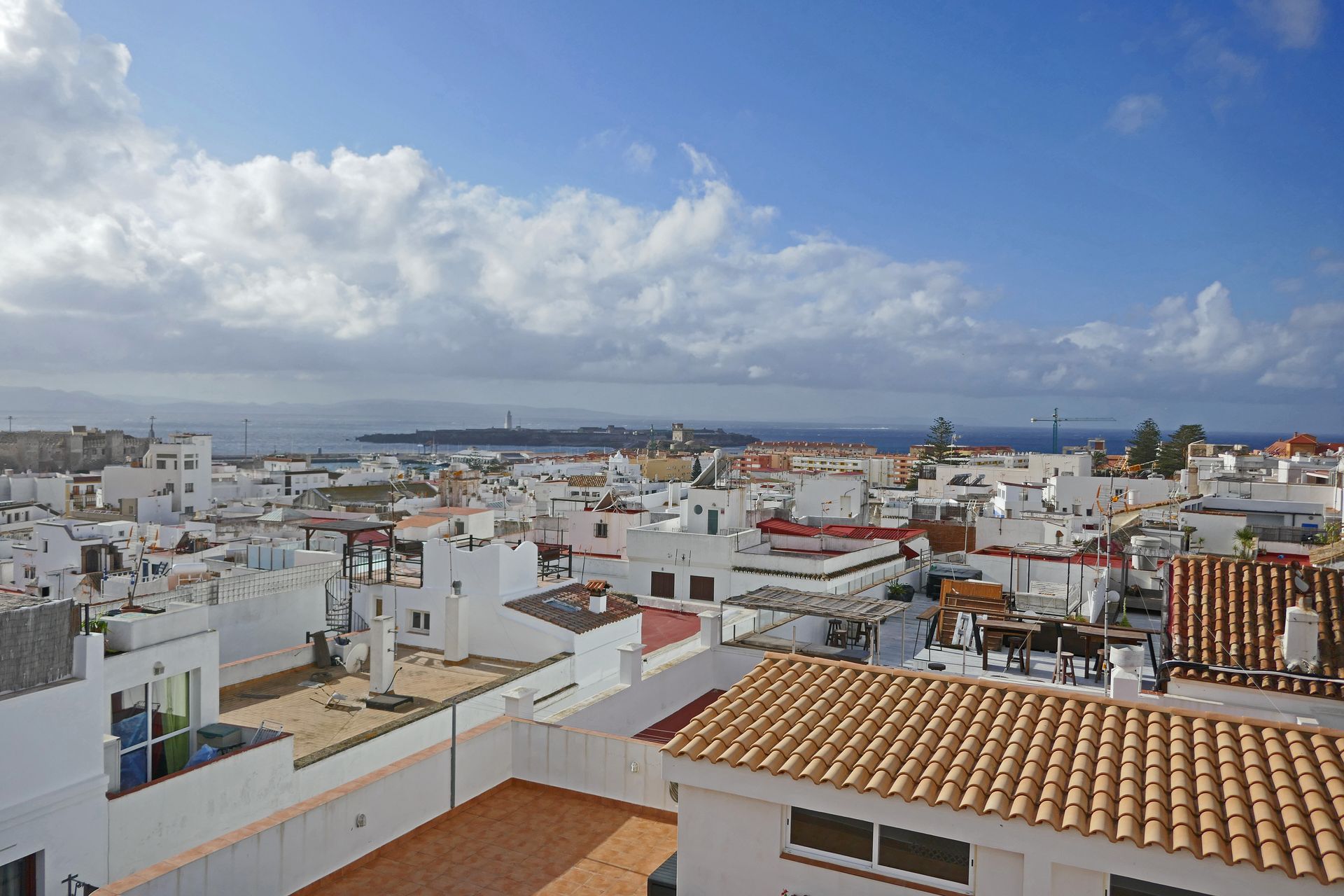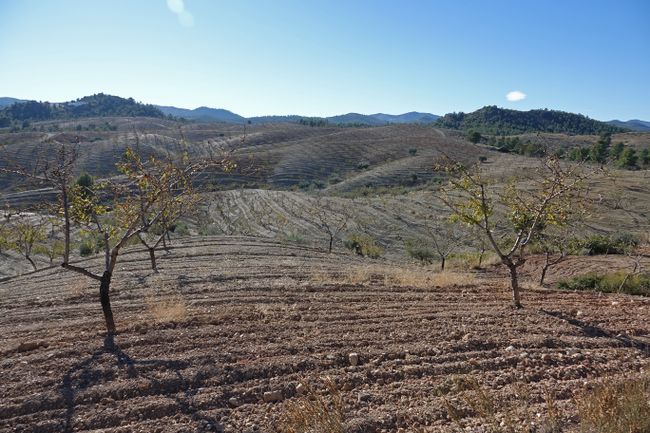Large birds-medium birds-small birds
Verëffentlecht: 14.01.2018
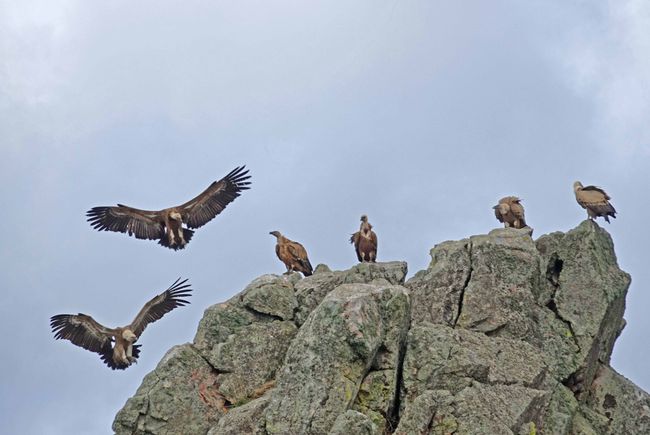
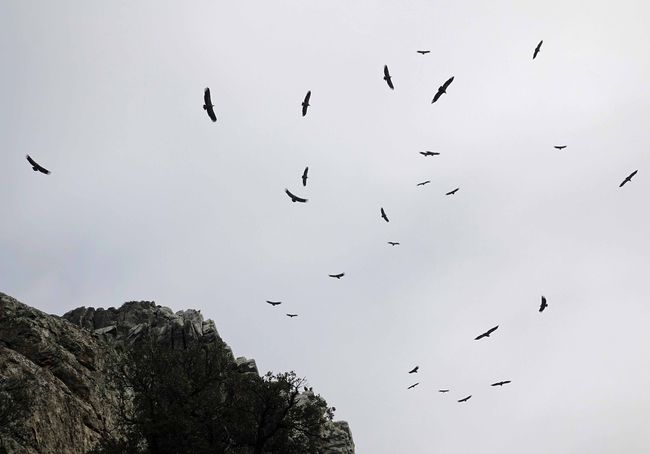
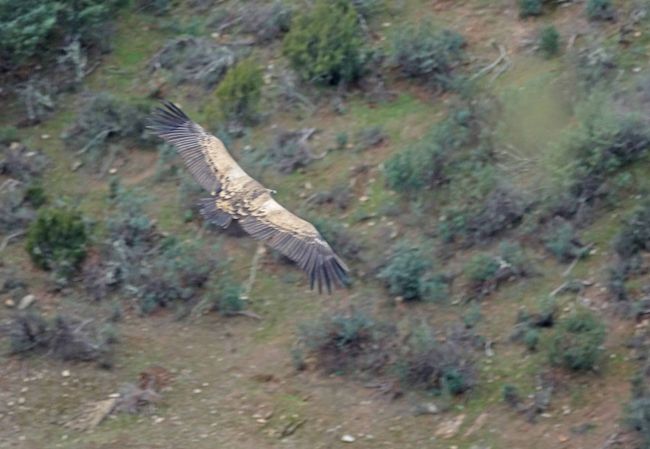
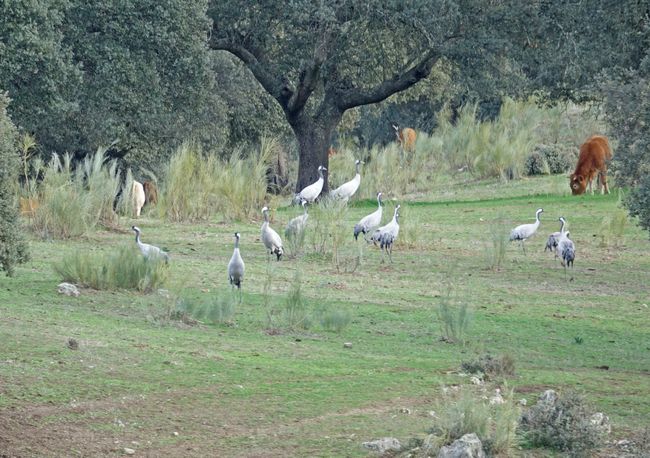
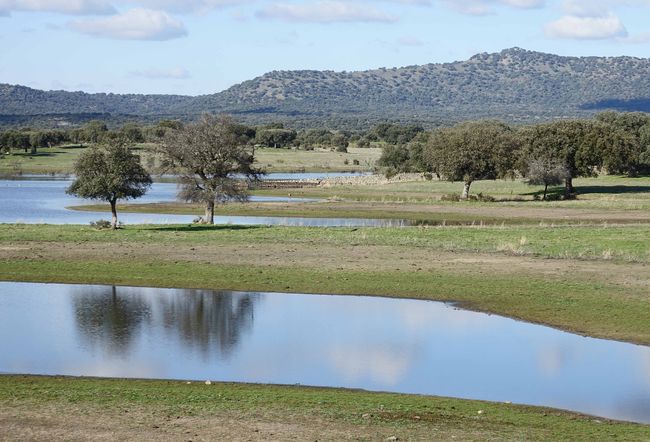
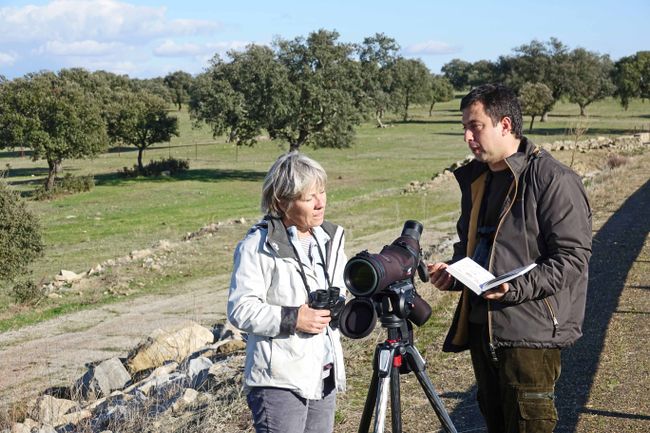
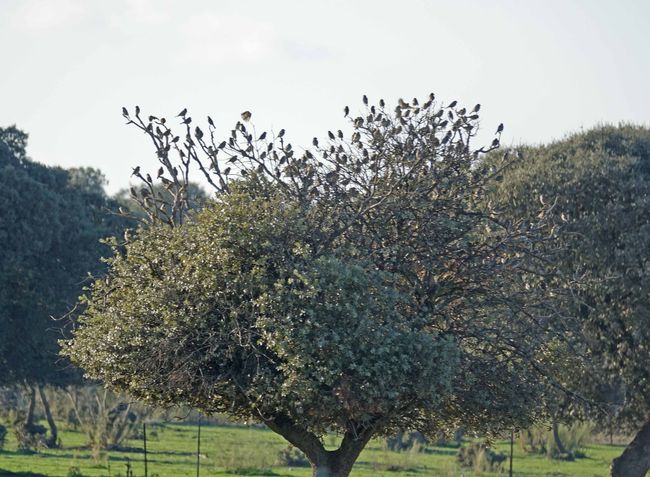
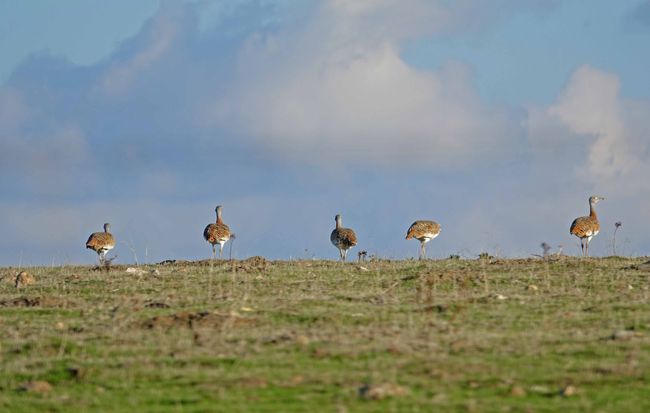
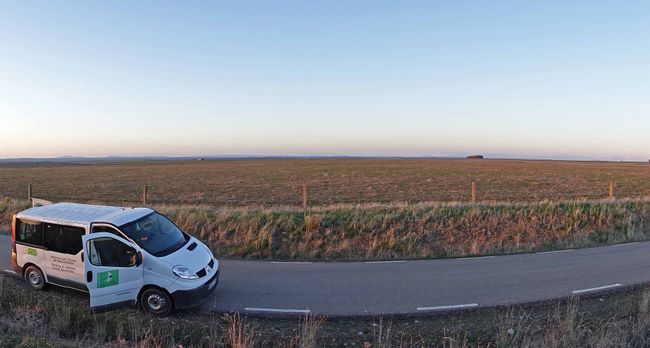
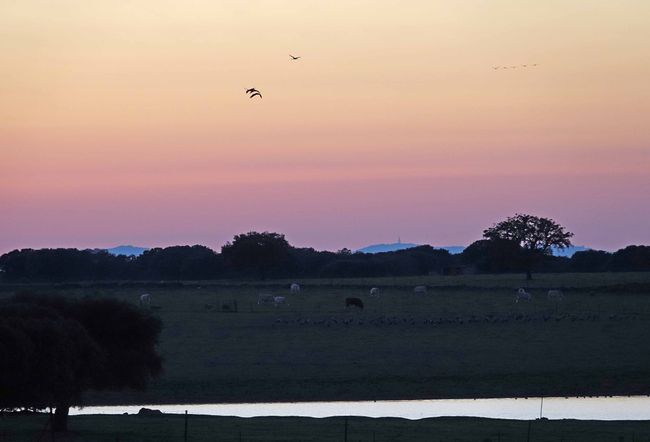
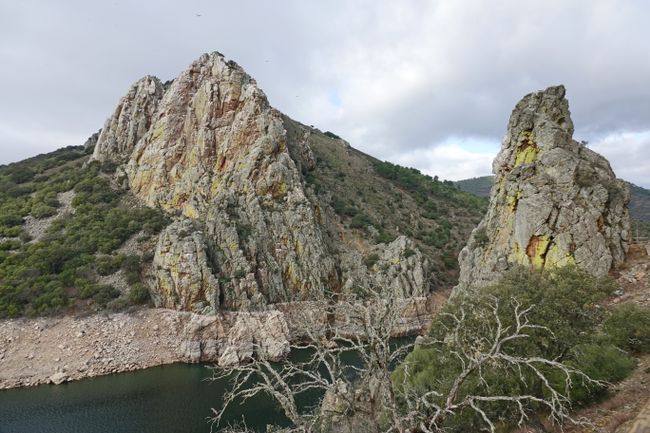
Abonnéiert Iech op Newsletter
two years ago I saw Griffon Vultures (buitre leonado) for the first time in Spain.


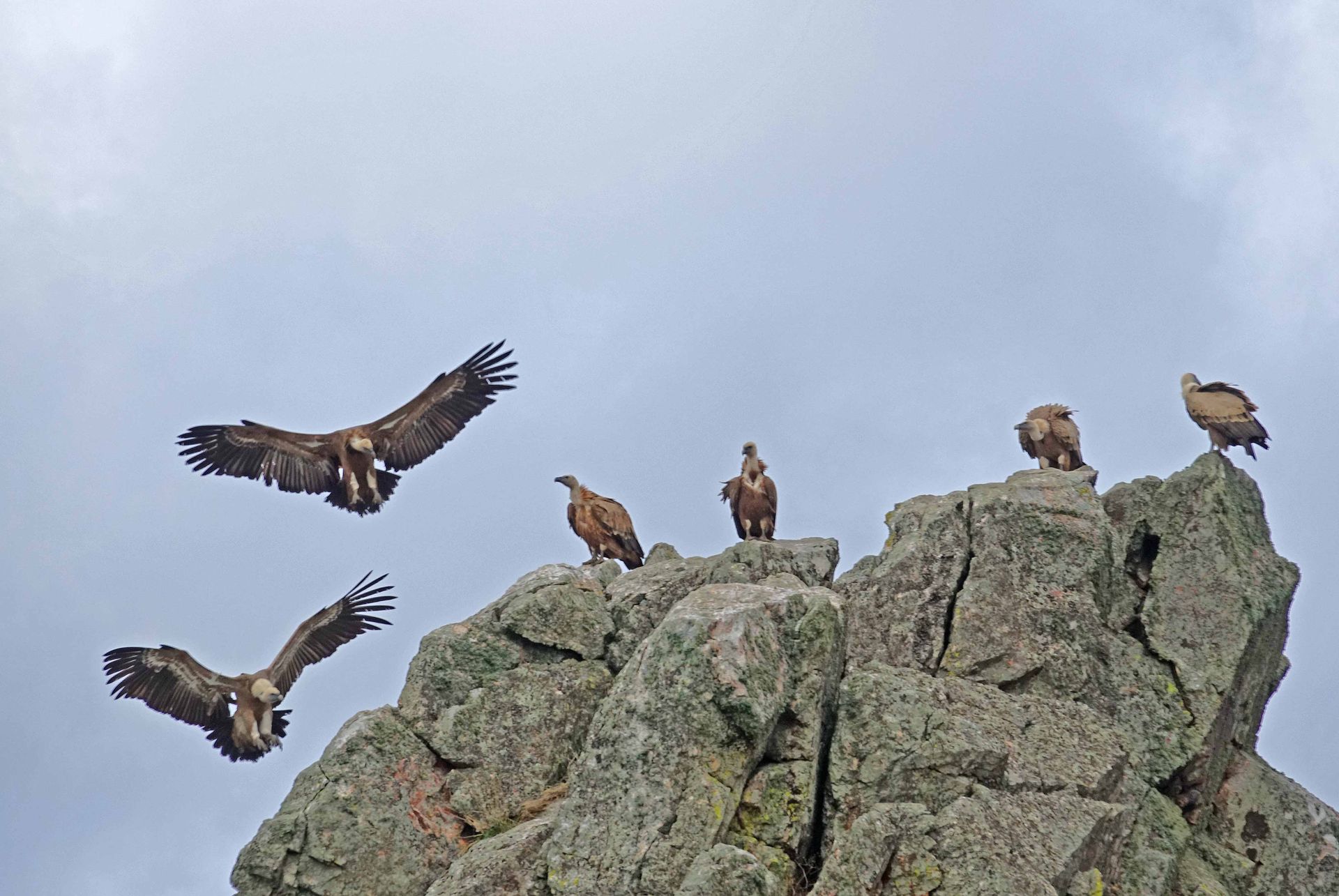

The way these birds draw circles in the sky in large groups with a wingspan of about 2.5 meters always amazes me. On this trip, we were able to observe vultures in different places. Jürg took the following pictures in the Monfragüe Nature Park in Extremadura. More than a hundred pairs of vultures nest at the Salto del Gitano rock, in a bend of the Tajo river. Among the many Griffon Vultures, there are also Black Vultures (buitre negro), whose population is fortunately increasing again thanks to careful observation.
Jürg discovered the offers of Jesùs Porras as a nature guide on the internet (http://iberian-nature.blogspot.com.es). On January 8th, we spent 4 hours with him in the surroundings of Trujillo. We were thrilled by what he showed and explained to us. With his help, we discovered incredible things on this afternoon excursion

First, we went to a small reservoir. Here, we could observe various ducks, herons, cormorants, cranes, and many Lapwings. Jesùs set up his telescope - we looked through it and were amazed at how he sees birds that we didn't even know were there.


It was only when Jesùs let us look through his telescope that we realized that, in the steppe-like expanse, individual stones were moving - that they were not stones, but a group of Great Bustards. We can already see the groups of the Great Bustards with our own eyes. On the right side of the road, there is a group of female animals and on the left side, a group of male animals. The lighter-colored males are significantly larger than the females. They can weigh up to 15 kilograms. The genders only meet for mating. To attract the females, the males fluff up and transform into a kind of white balls. The chicks are cared for by female groups for about 2 years. Jesùs had a lot more to tell about these interesting birds that we saw for the first time in our lives, about which we didn't even know they existed.

In the past few days, we have repeatedly discovered smaller or larger groups of cranes in the fields. The magnificent birds spend the winter in Extremadura. At the end of the excursion, Jesùs takes us to a pond where the cranes gather to sleep. At dusk, we saw the birds flying in from different directions, lined up in rows and accompanied by squawking.

Elsbeth
Abonnéiert Iech op Newsletter
Äntwert
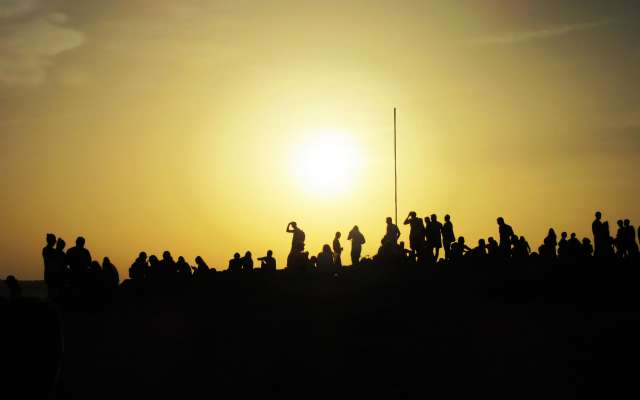
Reesberichter Spuenien
